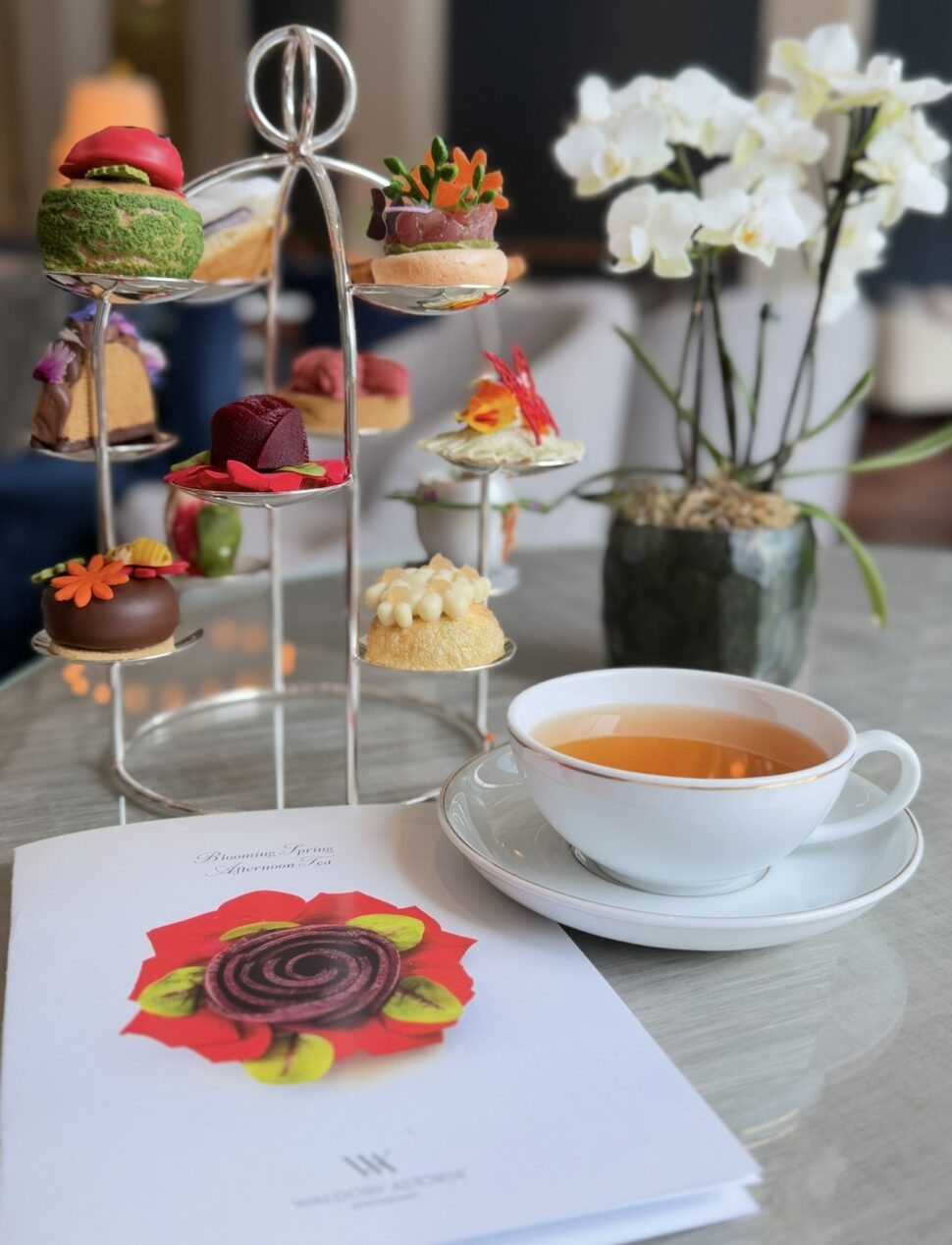lifestyle
The mysterious history of tea

Nowadays we like to choose from different varieties of tea: black, green or white. However, few people realise that the history of this beverage is shrouded in many mysteries. Its roots are to be found in the Middle Kingdom, or China. The first references to tea can be found in literature as early as the 5th century BC.
The origins of tea leaf brewing are strewn with numerous legends: one of the most popular is that of Emperor Shen Nungu who accidentally brewed the first tea when the leaves from a nearby bush fell into a pot of hot water. Another story attributes the discovery of tea to a Buddhist monk, Bodhidharma. Story has it that when he cut off his eyelids to stay awake while meditating, tea bushes were said to grow where he discarded them. Although it is difficult to find historical confirmation of these stories, it is known that, as early as in the 8th century, Lu Yu, a Buddhist priest, wrote a three-volume work on tea and its properties. There he described not only the brewing methods, but also the rituals that accompany its serving. Today, tea is a beverage that is known and appreciated around the world.
From China to Japan
Japan is one of those places where tea drinking has become a real ritual. The seeds of the tea plant found their way there thanks to the monk, Dengyo Daishi, and the first bushes were planted on the orders of the emperor who quickly appreciated the qualities of the brew. He ordered the cultivation of tea in five provinces surrounding the capital. Despite strained political relations with China, the Japanese highly valued tea for its flavour, aroma and concentration-enhancing properties during meditation. It was also believed to help counteract drowsiness.
Today, the most popular types of tea in Japan are green varieties: Sencha, Matcha and Gyokuro. The most highly valued is Sencha whose leaves are harvested in the early spring. Matcha, on the other hand, comes only in the form of an intense green powder.
The long road to Europe
To this day, it is not known who the first person to bring tea to Europe was. However, it is known that in the 17th century the Dutch and the Portuguese began importing oriental goods, including tea. The Europeans were initially sceptical of it, as its taste differed from well-known liquors, such as beer or mead, and the tea itself was expensive and available only to the elite. The breakthrough came in 1658, when tea officially came to Britain. It was popularised by the Portuguese Princess Catherine of Braganza, wife of King Charles II. Over the next century, tea became the country’s most popular beverage. The custom of afternoon tea was started by Princess Anne, serving the brew with cakes, bread and butter. This tradition has survived to this day.
Polish cup
In Poland, the first cup of tea was most likely brewed by Marie Louise Gonzaga, wife of King John II Casimir. Tea quickly gained popularity at the royal court, although initially not everyone liked its taste. In the 18th century, Stanisław August Poniatowski introduced a tea-drinking fashion inspired by the British customs. It was served with sugar or honey. Today it is difficult to imagine a day without a cup of aromatic tea: it accompanies us in the morning, at work, during family gatherings and evening relaxation.


